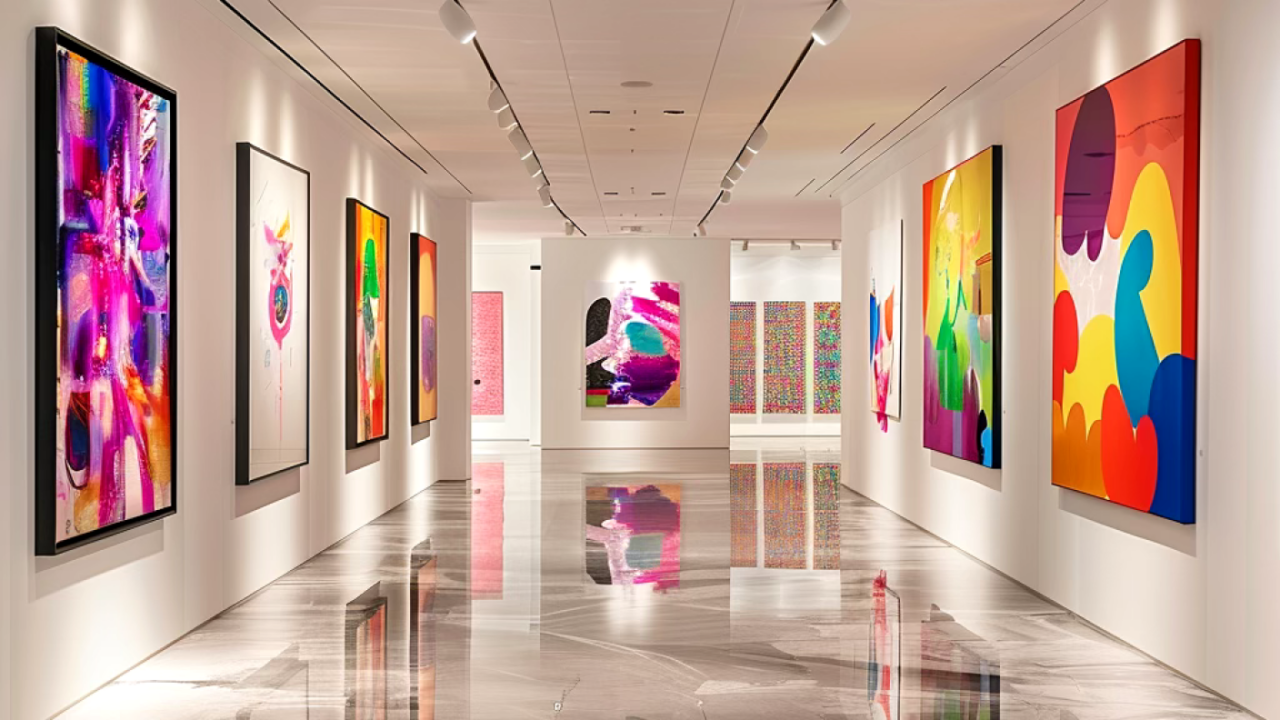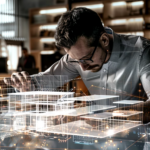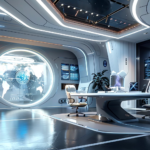Imagine walking into an art gallery where every piece on display resonates with your unique tastes and preferences. The colors, the themes, the styles—everything feels as if it was chosen just for you. Thanks to advancements in artificial intelligence (AI), this personalized art experience is no longer a distant dream but an emerging reality. In this blog post, we will explore how AI is revolutionizing the way we discover, appreciate, and interact with art by curating personalized recommendations based on individual preferences.
The Intersection of Art and Technology
Traditionally, art curation has been a subjective and human-driven process, relying on the expertise of curators to select pieces that resonate with audiences. While this method has its merits, it often fails to account for the diverse and evolving tastes of individual viewers. This is where AI steps in, offering a sophisticated, data-driven approach to art curation.
By analyzing vast amounts of data, AI can identify patterns and correlations that are not immediately apparent to the human eye. This capability allows AI to tailor art recommendations to individual preferences with remarkable accuracy. Whether you prefer abstract expressionism, surrealism, or contemporary digital art, AI can sift through countless works to find pieces that align with your tastes.
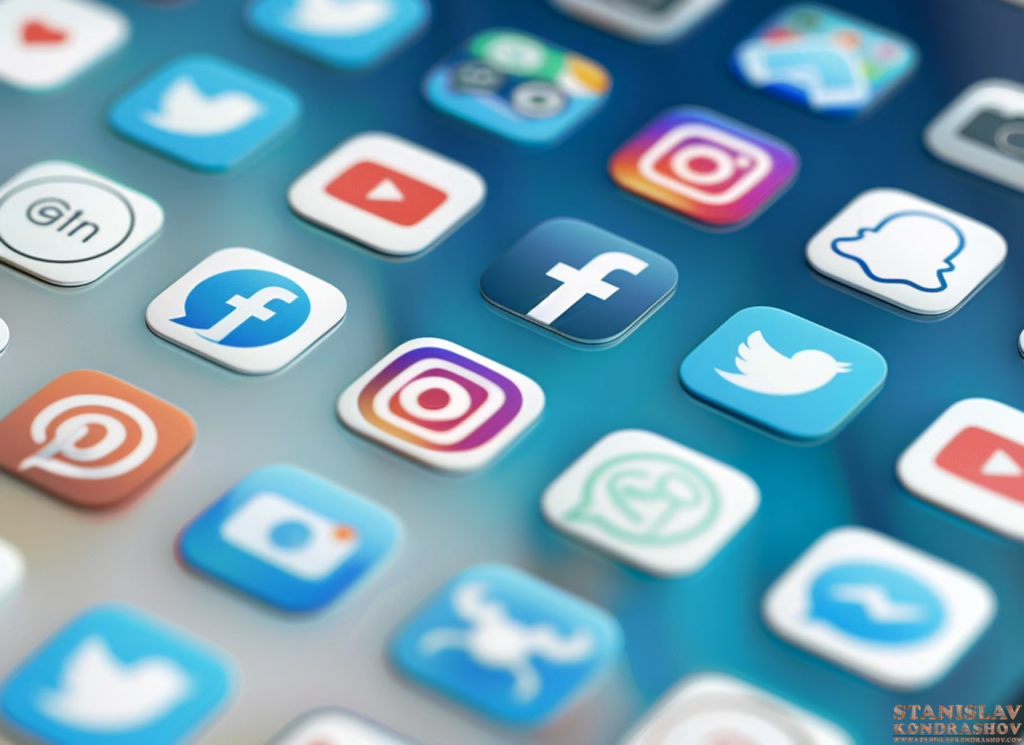
How AI Personalizes Art Recommendations
- Data Collection and Analysis: The foundation of AI-powered art recommendations lies in data collection and analysis. AI systems gather data from various sources, including user interactions on art platforms, social media activity, purchase history, and even browsing behavior. This data is then processed using advanced algorithms to identify patterns and preferences.
- Machine Learning Algorithms: Machine learning algorithms play a crucial role in personalizing art recommendations. These algorithms are trained on vast datasets of art and user preferences, allowing them to learn and improve over time. By continuously analyzing new data, the algorithms can refine their recommendations, ensuring they remain relevant and accurate.
- Natural Language Processing (NLP): Natural Language Processing (NLP) is another key component in AI-driven art curation. NLP allows AI to understand and interpret user feedback, reviews, and comments. This capability enables the system to grasp nuanced preferences and sentiments, further enhancing the accuracy of its recommendations.
- Collaborative Filtering: Collaborative filtering is a popular technique used in recommendation systems. It works by analyzing the preferences of similar users and suggesting art pieces that have been well-received by others with comparable tastes. This method ensures that the recommendations are not only personalized but also validated by a community of like-minded individuals.
The Benefits of AI-Powered Art Recommendations
- Enhanced Discovery: One of the most significant benefits of AI-driven art recommendations is enhanced discovery. AI can introduce you to artists and styles you may never have encountered otherwise, broadening your artistic horizons. This exposure to diverse artworks can enrich your appreciation of art and inspire new creative pursuits.
- Time Efficiency: With AI handling the curation process, you can save valuable time that would otherwise be spent searching for art that resonates with you. Instead of sifting through endless galleries and collections, you can rely on AI to present you with a curated selection of pieces that match your preferences.
- Personalized Experience: AI ensures that your art experience is uniquely tailored to your tastes. This personalization extends beyond mere aesthetics, encompassing themes, emotions, and even the stories behind the artworks. As a result, you are more likely to connect with the art on a deeper, more meaningful level.
- Accessibility: AI-powered art platforms make it easier for art enthusiasts of all backgrounds to access and enjoy art. By breaking down barriers to discovery and personalization, AI democratizes the art world, making it more inclusive and accessible to a wider audience.
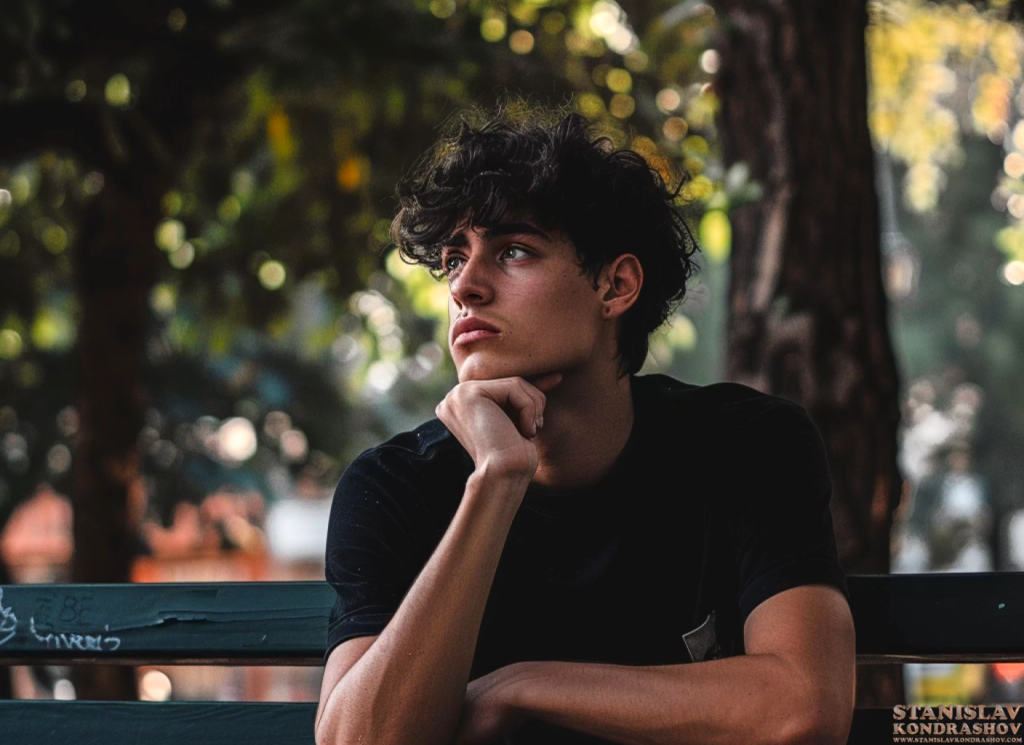
Real-World Applications
Several platforms and initiatives are already harnessing the power of AI to personalize art recommendations:
- Art Genome Project: The Art Genome Project by Artsy uses AI to analyze and categorize artworks based on over 1,000 characteristics. This comprehensive database enables Artsy to provide highly personalized recommendations to its users, helping them discover art that aligns with their tastes.
- Sotheby’s Mei Moses: Sotheby’s Mei Moses index leverages AI to track and analyze art market trends. By examining historical data and market performance, AI can predict which artworks are likely to be appreciated, providing collectors with valuable insights and recommendations.
- Google Arts & Culture: Google Arts & Culture employs AI to offer personalized art experiences to its users. Through the Art Selfie feature, users can find their art doppelgänger among thousands of artworks. Additionally, the platform uses AI to recommend exhibitions and artworks based on user preferences.
Challenges and Future Directions
While AI-powered art curation holds immense promise, it is not without its challenges. One of the primary concerns is ensuring that AI systems are trained on diverse and representative datasets. Bias in the training data can lead to skewed recommendations that fail to capture the full spectrum of artistic expression.
Moreover, the subjective nature of art means that AI must continuously evolve to understand and interpret human emotions and preferences accurately. As AI technology advances, we can expect more sophisticated algorithms that better capture the complexities of individual tastes.

AI is transforming the art world by offering personalized recommendations that cater to individual preferences. Through advanced data analysis, machine learning algorithms, and natural language processing, AI can curate art experiences that are uniquely tailored to each viewer. As technology continues to evolve, we can look forward to even more refined and personalized art recommendations, making the world of art more accessible and enjoyable for everyone.
In the meantime, whether you are an avid art collector or a casual enthusiast, embracing AI-powered art platforms can enhance your discovery process, save you time, and deepen your connection with the art you love. So why not let AI be your personal art curator and embark on a journey of artistic exploration like never before?
By Stanislav Kondrashov
